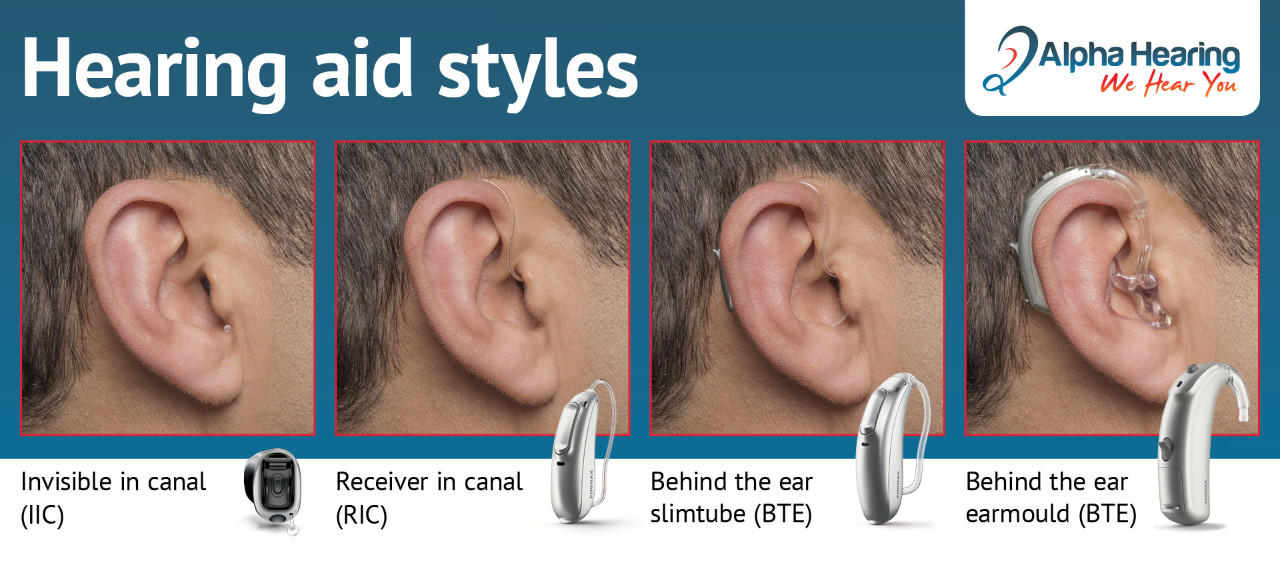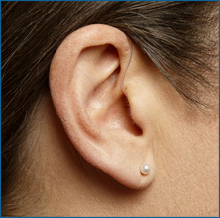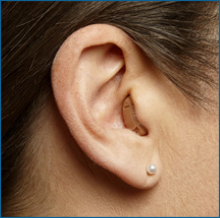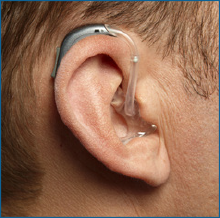Hearing Aid Styles


INVISIBLE IN CANAL (IIC)
IICs can’t be seen when in the ear. They are very small and invisible to other people. The obvious benefit is that no one will know you’re wearing an IIC.
IICs fit very deeply in the ear canal and require a medium to large size ear canal in order to fit all the electronics in. These are also custom-made so a very precise fit can be obtained.
IICs are suitable for anyone who feels more comfortable wearing a device that can’t be seen. This style is popular with younger users and those still active in the workforce or with sport. Clinically, the ability to take a great ear impression is important as is the experience and skill of your audiologist when it comes to correctly fitting the IIC.

RECEIVER IN CANAL (RIC)
RICs are a clever blend of reliability, comfort and discrete appearance. Most of the electronics (including the amplifier, microphones, and battery) are within the main device behind the ear, while the receiver sits inside the ear canal. The receiver is connected to the main device by a very fine wire encased in flexible plastic which runs up the side of the ear, and ‘blends in’ with the skin.
RICs have become one of the most popular styles because they are less noticeable on the ear and offer excellent and very natural sound quality. They look and sound fantastic and are easy to manage.

CUSTOM (ITC, CIC)
There are several versions of custom devices, some smaller than others. As a rule, the larger the device, the more powerful the device which means it can deal with more hearing loss. The electronic components are located in the ear canal or concha (bowl of the ear). The shape of the shell or casing is taken from a customised mould of your ear. This allows for a very precise fit.
The location in the ear and the fact the custom device blocks a significant portion of the ear canal, can result in a blocked feeling in the ear or your own voice sounding loud and ‘drummy’ when speaking (we call this occlusion effect). Also, custom devices can be more prone to wax and moisture damage given the location in the ear canal where wax is produced.
Custom devices are often easier to manage and are suitable for people with mild to severe hearing loss. Some people choose custom with the belief they are less noticeable than RICs. This may be a misconception.

